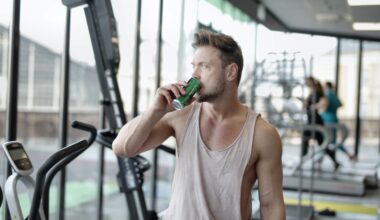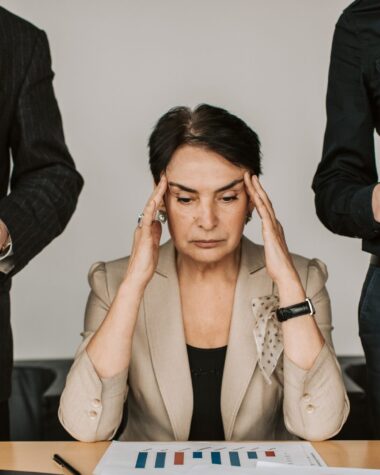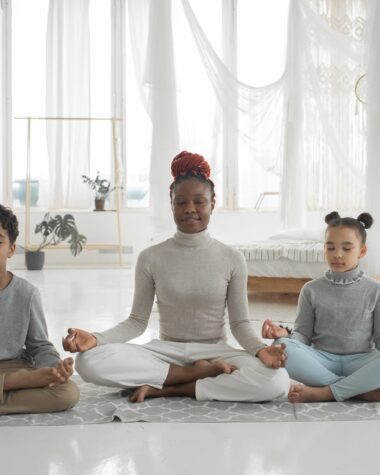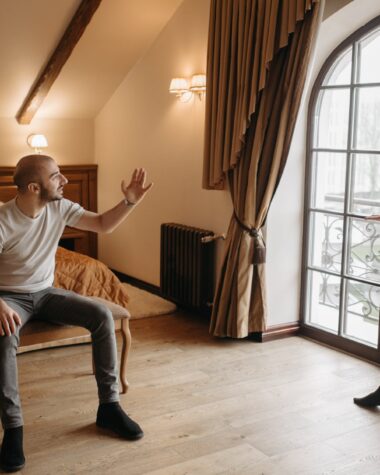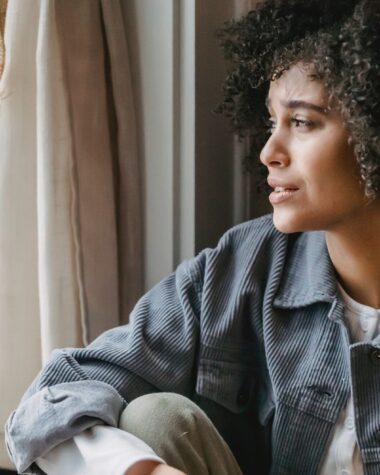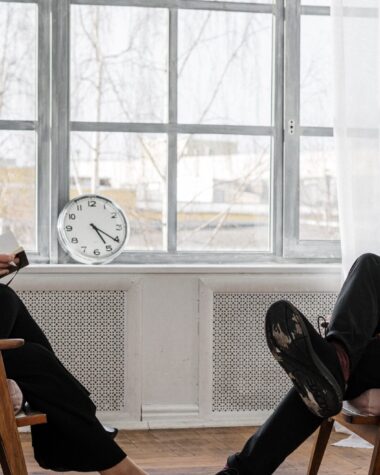Many parents share a bed with their babies for various reasons, from breastfeeding to cultural preferences. This is perfectly natural, and many parents feel it is safe. But the new recommendations may cause more confusion than they solve. Here are a few tips for parents suggested by pediatricians to keep their sleeping babies safe. Read on to learn more! And don’t worry if you don’t follow these recommendations – there’s always another option if your baby does end up being overheated or injuring himself!
A Pediatricians Guide For Keeping Your Baby Safe
Co-Sleeping
The American Academy of Pediatrics (AAP) recently updated its guidelines for keeping infants safe while they sleep. The latest recommendations by pediatricians include keeping the infant on their back, on a flat surface, and on a level surface. In addition, parents should avoid using baby health devices. Parents should also breastfeed their babies and avoid using special baby monitors. According to the new guidelines, the AAP has made significant progress in infant safety.
According to a new study, infants who sleep with a parent who is not awake and smokes are at a greater risk of death than those who sleep in a crib. Additionally, caregivers should avoid placing their infants on soft surfaces and allowing them to roll over. Comforters, quilts, and pillows also pose risks of entrapment and strangulation. Regardless of the child’s age, parents should follow federal rules about sleeping with an infant in a crib.
Sleeping Spaces
The pediatricians suggested new recommendations for keeping sleeping babies safe. These new guidelines recommend putting the baby on their back or a flat surface, avoiding tummy-tucks, and breastfeeding. They also recommend avoiding special baby monitors unless the parents have the option of providing one. Hopefully, these recommendations will help parents and caregivers reduce the risk of a sleeping infant developing suffocation and strangulation.
The latest recommendations from the AAP are aimed at preventing infant deaths. One of the most important steps in keeping your baby safe is ensuring the sleeping environment is as quiet and safe as possible. Avoid placing your baby in a car, on a swing, or a car seat. Rather, use a cot or other flat, non-inclined surface. A firm flat mattress, fitted sheet, and a non-slip surface are essential components of a safe sleep environment.
Pacifiers And Cribs
The CDC and the American Academy of Pediatrics and pediatricians have released new guidelines regarding using pacifiers while babies sleep. Pacifiers should be kept in a closed, washable cover and should not rest on the child’s head or feet. Also, infant walkers and jumpers attached to door frames are not safe for sleeping babies. Pediatricians have also drafted a toolkit to help parents hold social media events about baby sleep safety.
A high chair or crib for a sleeping child should never be used for more than 15 minutes and should be placed where an adult can watch it. Similarly, infants should never be left unattended for any amount of time. It is best to promote the least restrictive environment possible at all times, and the equipment should meet ASTM International standards. In short, there is no safe way to keep a sleeping baby in a stroller or high chair.
Car Seats
Most parents assume that the safety of their infants is the top priority when they put them in a car seat. But what if your baby is asleep in the car seat? You don’t want to wake your baby up in the middle of a drive and can’t find a safe place to place them while you drive? What are the options? Here are a few things to consider. If your baby is in a car seat, don’t forget to remove them from it as soon as you reach your destination.
A car seat harness is designed to hold your baby’s head and neck in the correct position in the event of an accident. It also provides a snug feeling that will protect your child’s head and neck. One 2015 study in the Journal of Pediatrics found that a baby in a car seat is at a lower risk of suffocation than a child in a bassinet. Nonetheless, it’s still advisable to supervise your child in a car seat.
One Last One
A good mattress and a tightly fitting sheet are essential for a healthy baby’s sleep. Another important tip is to keep your baby away from objects or people that might be choking hazards. Objects can also be a source of choking or suffocation for a sleeping baby. Babies should also sleep on their backs, which is the safest position for infants during the first six months of life.
Also, Read – How To Wear Pearl Necklace Without Looking Old?


